
|
|
|
|
|
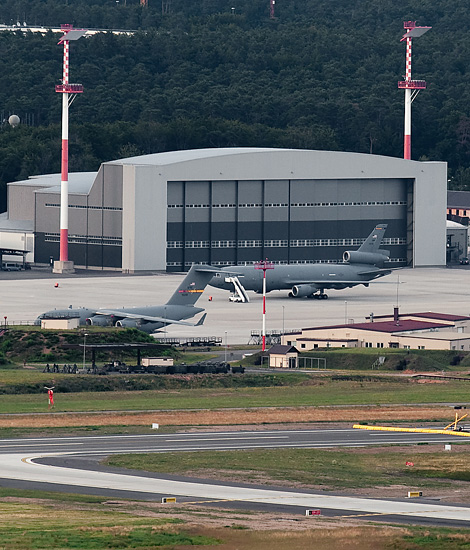
|
The 86th Airlift Wing USAFE; Ramstein Air Base, June 18, 2007
Die Deutschland-Tour 2007: Teil 1; Text and Photograph's by Alex van Noye
My trip through the southern part of Germany would start at Ramstein Air Base. This airbase is the largest U.S.
base in Europe. Ramstein is a major distribution center of the United States Air Force. Gigantic transport planes
are flying day and night to and from Ramstein to drop or to pick up loads.
A transport wing of the USAF is stationed at Ramstein Air Base. The 86th Airlift Wing of the USAFE (United States
Air Force Europe) currently flies the C-130 Hercules and is using the C-20 and C-21 for training purposes. The
mission of the 86th Airlift Wing (AW) is to provide rapid mobility for the U.S. troops and to improve the quality
of life of people in crisis areas. The 86th AW was originally a unit which was equipped with combat aircraft. The
unit was established on July 1, 1948 at Neubiberg AB in Germany as the 86th Fighter Wing (FW). The unit was
responsible for the air defense of a part of West- Germany. The unit was renamed to the 86th Fighter Bomber Wing
on January 20, 1950. Not much later, on May 7, 1951 the unit was moved to Landstuhl. Landstuhl AB was changed
into Ramstein-Landstuhl and later on to Ramstein AB. It was an eventful period for the unit, because the unit
was renamed to 86th Fighter Interceptor Wing (FIW) on August 9, 1954. The Wing was now a part of the 17th Air
Force. The 86th FIW was renamed again on November 18, 1960. This time it was renamed to 86th Air Division. It
would take 8 years before a new task was assigned to the unit. The 86th AD was during these eight years responsible
for monitoring and the impro- vement of radar systems for semi-automatic air to air weapons. The unit changed a
few times from command during this period. The unit was in this period assigned to the 17th Air Force of the
USAFE command.
The 86th FIW at Ramstein was reassigned on November 14, 1968. This time the unit was renamed into 86th Tactical
Fighter Wing (TFW). The unit moved to Zweibrucken AB in Germany. The unit was responsible for tactical reconnaissance
in the period from 1969 to 1971. The unit had a role in the German air defense from 1971. The unit moved back to
Ramstein AB on January 31, 1973. The 86th TFW received the task to give close air support to various ground
troops in the area. The 86th TFW was also frequently involved in tactical exercises where flight tactics were developed.
In 1985,
|
|
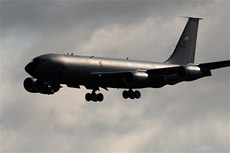
|
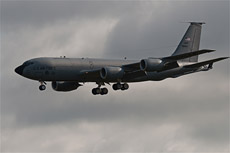
|
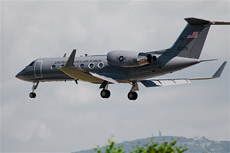
|
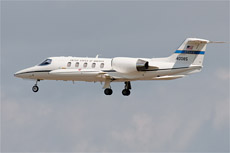
|
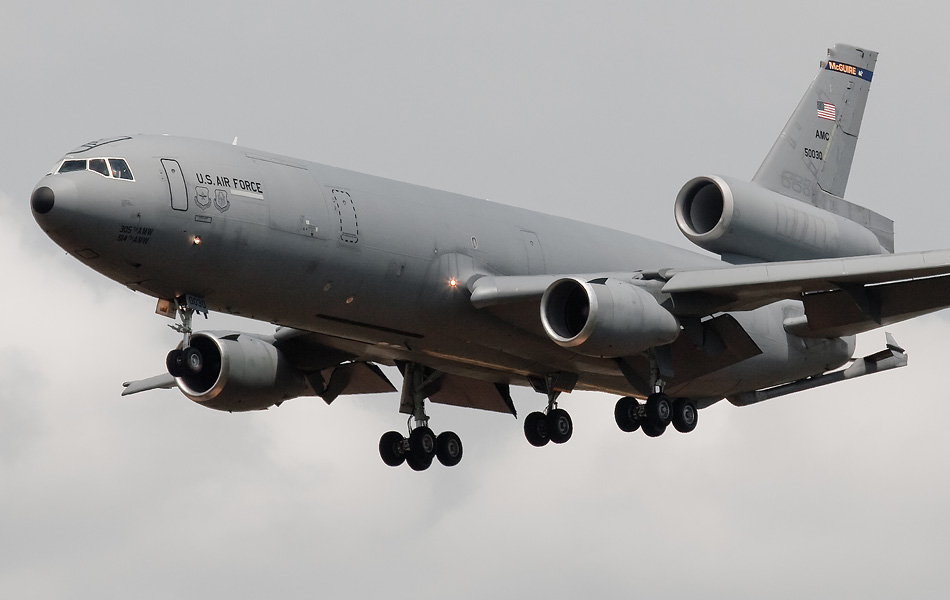
|
the unit received the first F-16 Fighting Falcon. The 86th TFW moved to Turkey to support the actions in Iraq
during the Gulf War in 1991. The F-16s of the 86th TFW were attacked twice by Iraqi SAM installations in the
northern part of Iraq. The unit received again a new task during the Gulf War in 1991. The unit was assigned
to several airlift missions. The unit switched from the F-16 to several transport aircraft, such as; the C-12,
the C-20, the C-21, the CT-43 and the C-135. The F-16s departed from Ramstein AB in July 1994 and the C-130
Hercules made its debut. The 86th Fighter Wing was no longer a Fighter Wing, it became a Transport Wing. The
name of the unit was therefore changed into 86th Airlift Wing (AW). The 86th AW was transferred to the 3rd Air
Force in July 1996.
The weather looked good when I arrived at Ramstein Airbase. There was a light overcast and the sun was shining
from time to time. It promised to be a good start of my tour. The first day of my tour through Germany was a
day with many U.S. transport aircraft. This is not surprising, because Ramstein is the U.S. distribution center
in Europe. Large transport aircraft arrive and depart all day long. Ramstein is the distribution center of the
air bridge between America, Iraq and Afghanistan. The large aircraft will bring many cargo loads from America
to Ramstein. The cargo is transferred to other smaller aircraft. These aircraft will supply U.S. forces around
the world. I positioned myself at the landing area on the east side of the base. It is easy to capture the
landing aircraft from this point. It didn’t take long before the first aircraft arrived. A KC-135 from McConnell
AFB arrived. This aircraft is temporarily deployed at Ramstein to refuel the large cargo planes on their way to
Afghanistan. Also the local aircraft started to fly in the meanwhile. Two based aircraft took off in a short
period. The first plane was a C-37 from Ramstein. The second plane was a Ramstein C-21. Both aircraft started
to fly circuits. This is quite normal at Ramstein, because every day there are a few planes in the circuit. A
Ramstein Hercules started to fly circuits as well. Sometimes these aircraft can make twenty touch and go’s at
Ramstein. These circuits are training missions for student pilots.
The most interesting planes arrived later in the morning at Ramstein. The first plane which came in was a KC-10
from McGuire AFB. This aircraft is indicated by the blue tail band with yellow text on it. This aircraft is quite
extraordinary. The USAF does not have many of those planes in operational service. The most aircraft of the U.S.
tanker fleet are KC-135 tankers. A C-12 appeared in the circuit after the landing of the tanker. This aircraft
was from Wiesbaden and is owned by the U.S. Army. I was very happy with this plane, because it was the first
picture that I managed to collect of this type. The aircraft made several touch and go’s before it flew back
to its own field. The C-12 was followed by a second KC-10 tanker. This Extender came also from McGuire AFB. I
managed to collect two of these aircraft in a relatively short time. In the afternoon it were mainly the large
transport planes that arrived at Ramstein. The first arrivals were two C-17s. The first one came from Charleston
AFB and the second one was assigned to the Mississippi Air National Guard (ANG). The first Galaxy finally appeared
on the horizon in the mid-afternoon. The Galaxy is by far the largest aircraft within the U.S. Air Force. The
Galaxy which arrived was from the Air Force Reserve Corps (AFRC). The highlight of the day arrived at the end
of the afternoon. A Hercules from Pope AFB landed at Ramstein. This aircraft returned from Iraq. The Hercules
is assigned to the 43rd Airlift Wing (AW). This day at Ramstein ended for me after the landing of this plane.
It is possible to stay at Ramstein for 24 hours because the field will never close. Another day at this American
base was on the program for tomorrow. Also that day would be a day with many USAF movements.
|
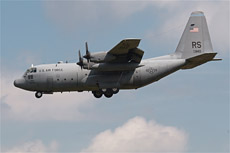
|
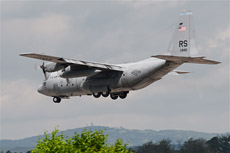
|
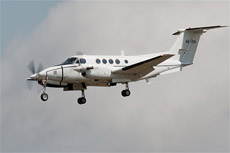
|
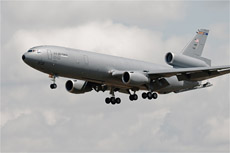
|
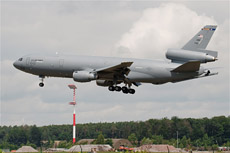
|
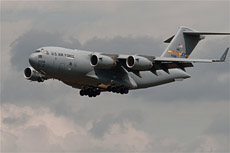
|
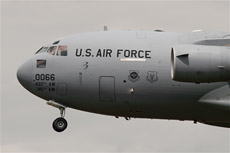
|
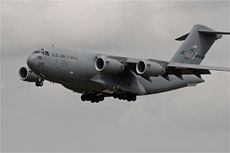
|
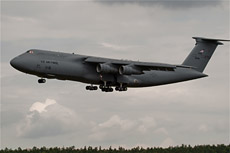
|
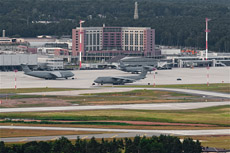
|
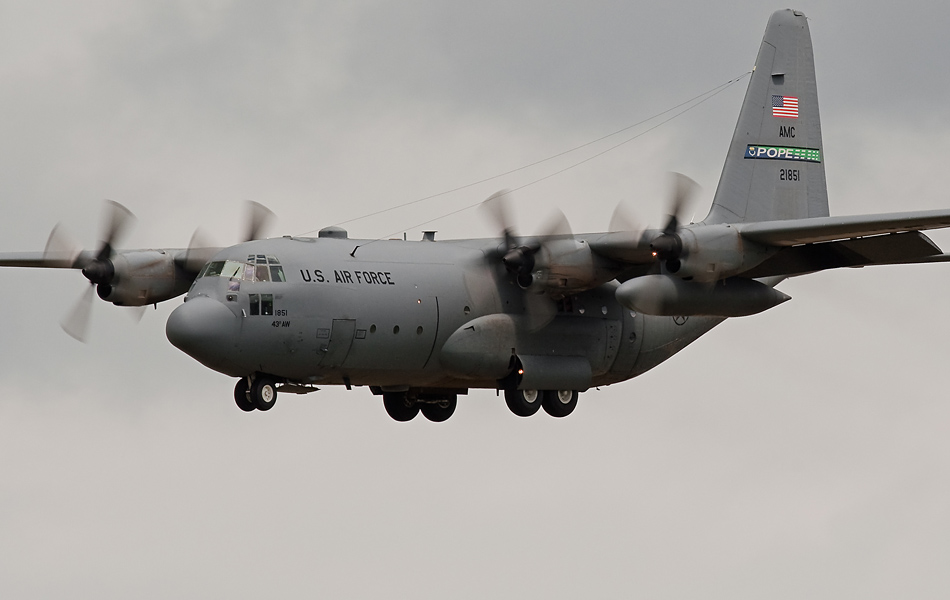
|
|
|

|







